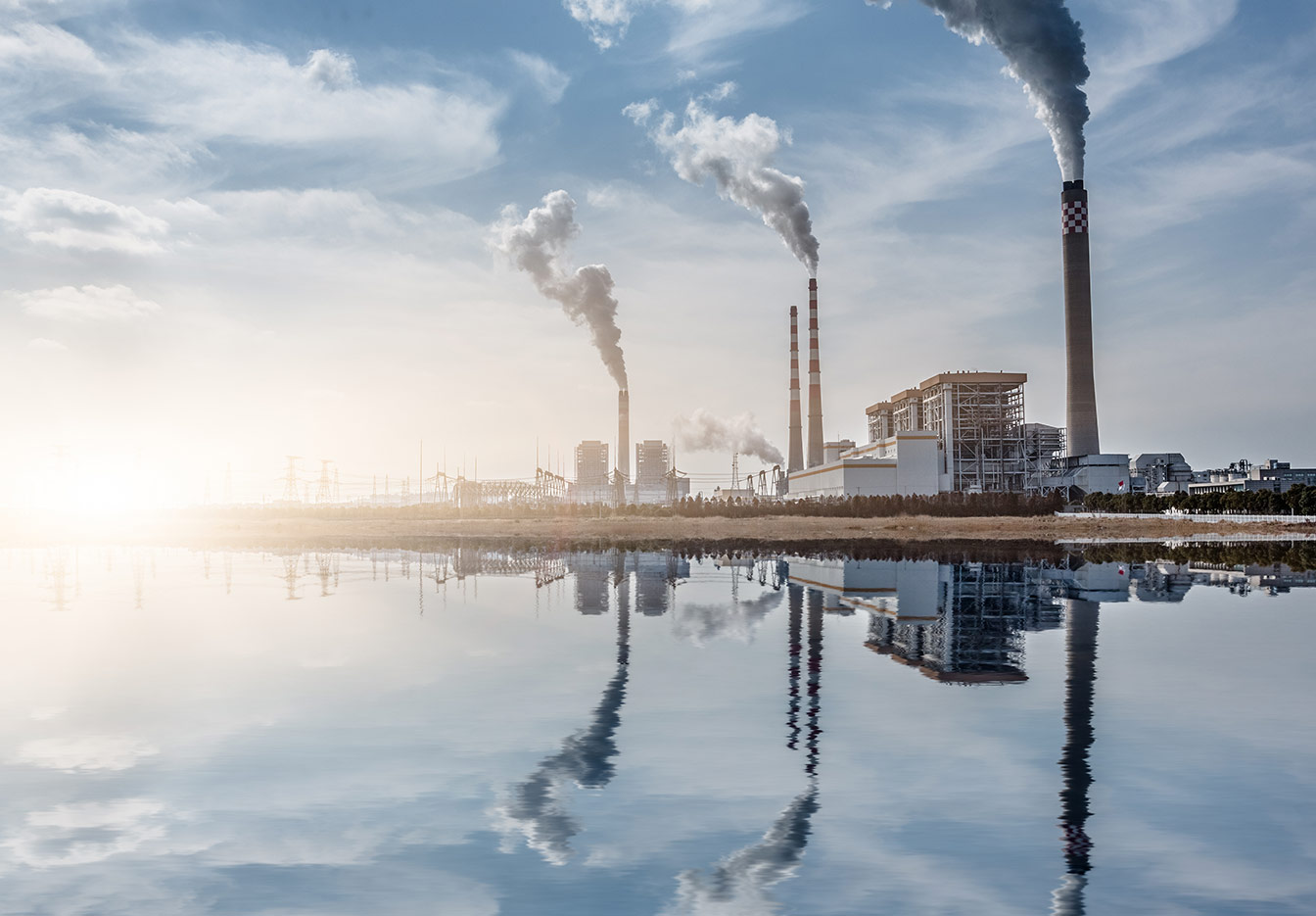Steam is needed in various industries for production processes. Applications can be found in the beverage industry, pharmaceuticals, or even in paper production – and this has been the case for many years. As early as 1900, it was clear that the inevitable fluctuations in steam consumption in production processes should be avoided for various reasons. For this purpose, the industry relied on steam accumulators, which, however, were extremely large and could only provide steam again after several hours in some cases. Swedish engineer Dr. J. Ruths developed a more efficient storage solution, which was presented in the “Schweizerische Bauzeitung” in 1922 – and is still used today. In addition, there are now new innovative energy storage solutions such as the ThermalBattery™ from ENERGYNEST, which allows steam to be stored even more efficiently.
How does a steam accumulator work?
There are two types of conventional steam accumulators used in industry for various production processes: the constant pressure accumulator and the gradient accumulator developed by Dr. J. Ruths, also known as the Ruths accumulator. Both share the characteristic of being built from pressure-resistant tanks and containing boiling water in liquid and gaseous form.
The simple principle of the constant pressure accumulator
In principle, the equal-pressure storage tank is an extension of the steam boiler. Boiling water is channelled from the boiler into the steam accumulator to charge the accumulator. If steam is required again, the equal-pressure storage tank returns the water to the boiler at a slightly lower temperature. There is no pressure equalisation in this system so that the pressure remains constant.
The Ruths accumulator, which works with overpressure
In contrast to the constant pressure storage tank, the advantage of the gravity storage tank (Ruths accumulator) is that it can supply steam directly without having to go via the steam boiler. Inside, it consists of a steam distributor with nozzles and mixing pipes. When steam is supplied, it condenses in the water contained in the storage tank, causing the water level to rise and creating excess pressure in the tank. Together with the tank insulation, this contributes to the energy conservation of the heat transfer medium. If the required steam is now removed, the pressure drops again and a partial quantity of water evaporates. The water level drops until the vapour capacity of the tank is reached again through repeated charging.
Advantages of steam storage technologies for industry
The demand for steam in industrial plants can fluctuate greatly. The type and size of the fluctuations depend on the industry and the respective application. The intervals between the load peaks that occur can vary considerably – and range from several times a day to once a week. A steam accumulator can compensate for these fluctuations and ensures that a steam boiler can be operated at a constant load. It also prevents a steam generator from having to be switched off due to excessive steam extraction or low water levels.
Increasing efficiency: reducing primary energy consumption
When a steam accumulator is used in the production process, steam is utilised much more efficiently because the excess thermal energy is not lost but can be stored for a later time. Primary energy consumption is also lower due to the constant operation of the steam boilers. In addition, process times are shortened and consistent product quality is guaranteed thanks to the continuous availability of steam.
Why the equalisation of peak loads is so important
Load peaks in steam boiler systems can lead to various problems in the system. For this reason too, these should be compensated for with the help of steam accumulators. The enormous loads resulting from the load peaks lead to increased maintenance requirements for the steam boilers and a reduced service life.
High pressure fluctuations can also lead to water hammers and sudden changes in the pressure direction, which are noticeable with a loud bang. This can not only be harmful to the system, but also dangerous for people if pipes or valves are damaged. Finally, peak loads during steam production lead to poor fuel utilisation and make boiler operation uneconomical.
What the ThermalBattery™ offers compared to conventional steam accumulators
The Ruths accumulator is characterised by its simplicity. It is quickly ready for operation and its storage medium, water, is uncomplicated and inexpensive to procure. However, the low operating costs are offset by comparatively high costs for the pressurised tank. If the steam pressure increases, the thickness of the steel walls of the storage tank must be adjusted accordingly. This type of storage tank therefore becomes very cost-intensive to purchase, especially in pressure ranges above 20 bar. In addition, they are not economically viable for power-to-heat and steam equalisation applications – and require a lot of additional space due to the increasing size of the insulation.
Steam storage solutions with the ThermalBattery™ offer a more cost-effective alternative here. The initial investment costs are lower than for conventional Ruths accumulators. The ThermalBattery™ stores energy with very low losses and makes it immediately usable when needed. In addition, the ThermalBattery™ is much more space-saving because more energy can be stored in a smaller area and significantly less insulation is required. It also offers considerably more flexibility, as the energy storage solution with the ThermalBattery™ can be used to balance the steam network, but can also be integrated into power-to-heat processes. This does not completely dispense with the tried-and-tested operating principle of conventional steam storage: If the ThermalBattery™ provides steam directly, the additional condensate tank acts as a steam storage tank.
ThermalBattery™ in operation at Yara International
Fertiliser manufacturer Yara International has already successfully integrated the ThermalBattery™ into its production processes. With a capacity of 4 MWh, the ThermalBattery™ balances out local steam production and can thus reduce the amount of excess steam discharged. In the first year, this resulted in savings of 12 GWh in electricity purchases and associated savings of 6 kilotonnes of CO2. The Yara plant in Porsgrunn, Norway, has thus not only become significantly more flexible and efficient, but also more environmentally friendly.



